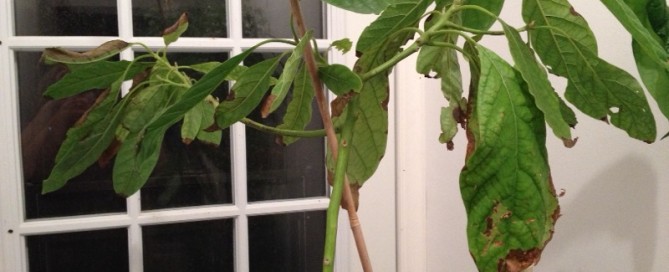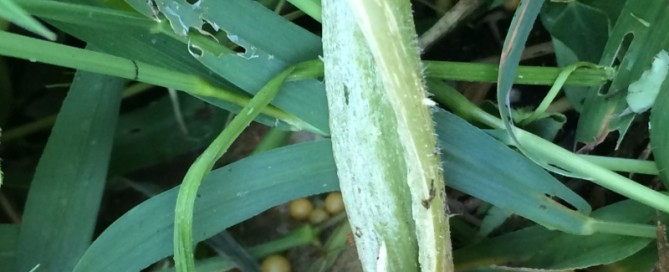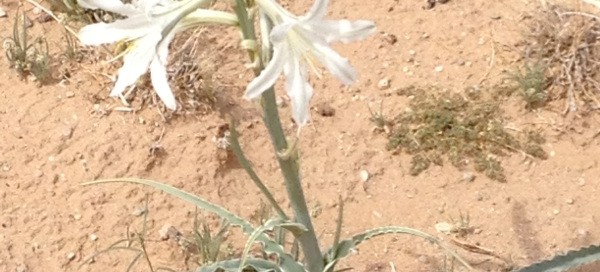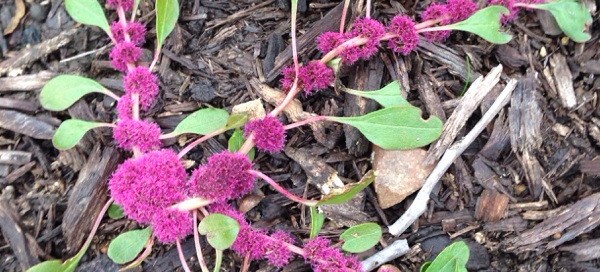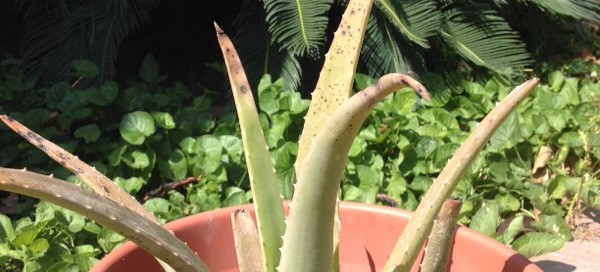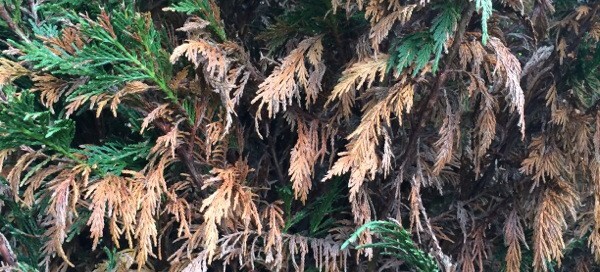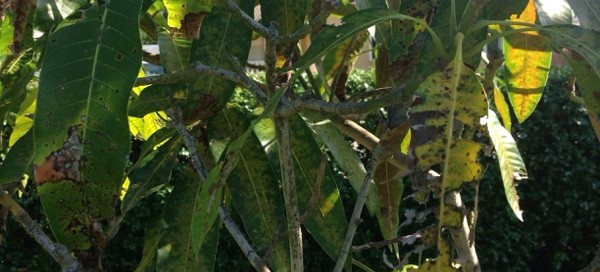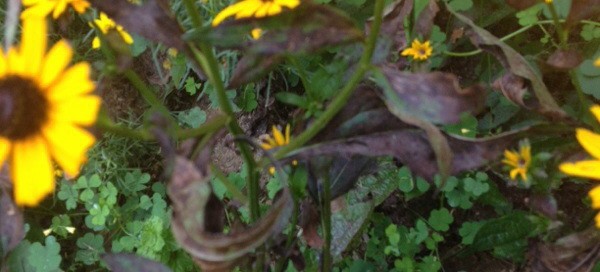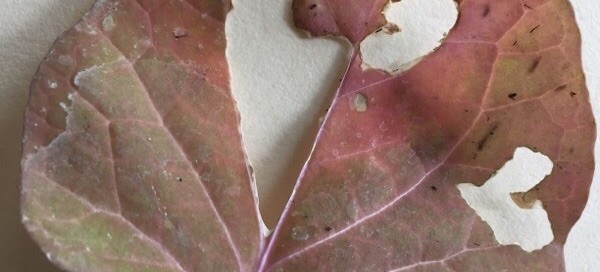Avocado Problem
There could be a variety of reasons why your avocado is suffering: If it was in full or partial sun, bringing it indoors is a drastic change in light and it may be reacting to this change - either place it outdoors where it was originally during the warm day temperatures and bring indoors when the evenings become cold; it is best to water in the sink allowing the water to drain out completely before returning it to the saucer - do not allow the plant to sit in water as this may lead to root rot; it could also be leaf burn caused by under-watering; also avocados need excellent drainage and are very susceptible to root rots as well as salt burn from the alkaline tap water. This time of year, leaf tip burn is fairly common, and if it is due to salt burn, switch to steam iron water; feed with a slow-release or organic fertilizer formulated for avocados. You might find this link helpful: http://www.ipm.ucdavis.edu/PMG/GARDEN/FRUIT/avocados.html. One more note: your avocado planted from seed will not come true to the mother plant, but if it thrives, you may get a wonderful new cultivar!
